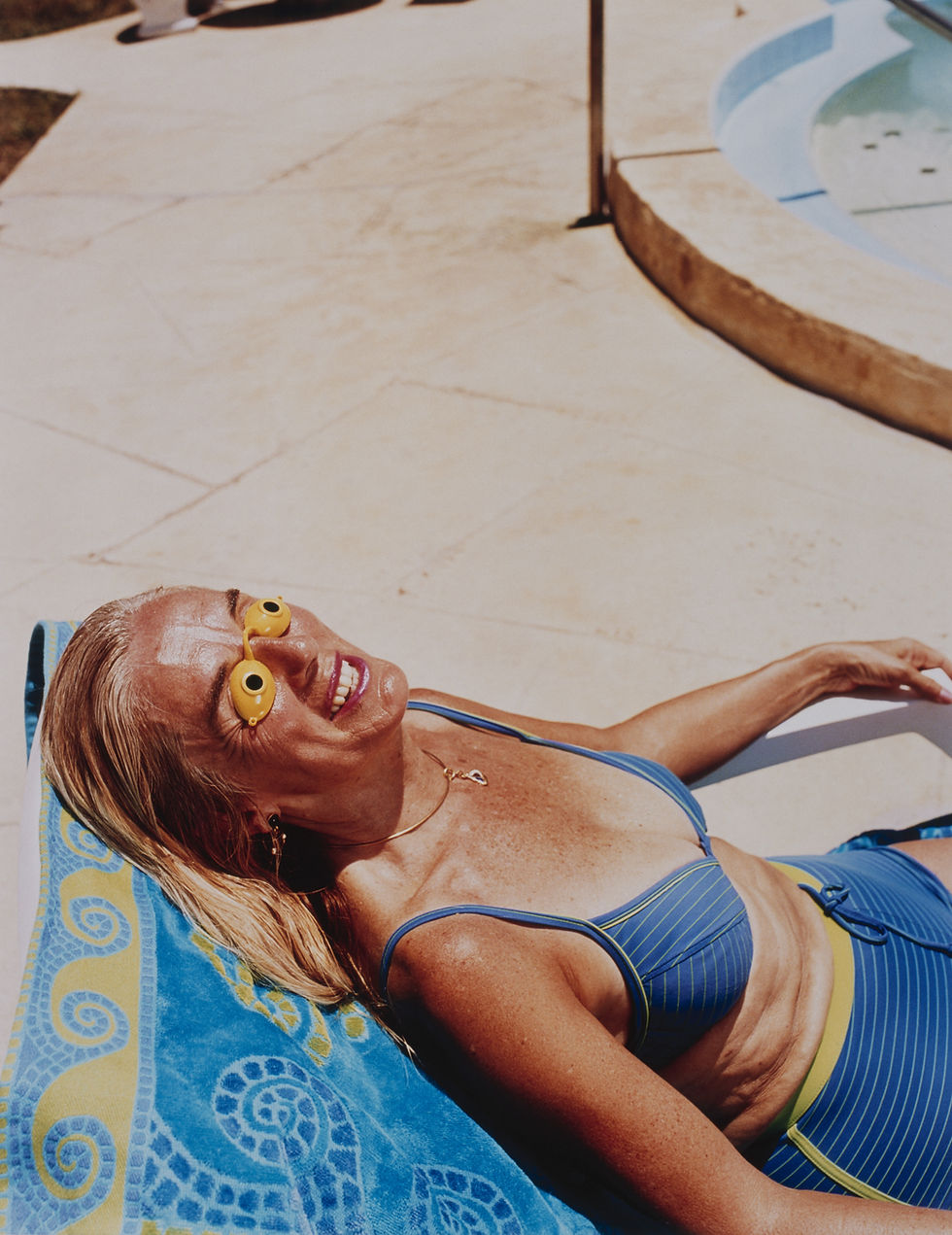SUN AND SENSIBILITY
- SCRIBE HAUS

- Jul 28, 2019
- 2 min read
Getting naked

Protecting skin from the sun has become an intense controversy for two major reasons.
Reason number one is our basic need for vitamin D, which is produced by the skin’s exposure to sun, meaning that it may be problematic to limit exposure. Reason number two
concerns sunscreens and the types of active ingredients that are used to create an SPF (Sun Protecting Factor) rating for these products, some of which might have unwanted systemic consequences. I know, just when you thought you had the sun protection concept down solid a curve ball comes straight across home plate!
However, when it comes to skin, what is absolutely not in question and has not changed
is one major yet basic fact: sun damage is by far the most significant cause of wrinkling,
skin aging, and skin cancers. Aside from abundant research proving these damaging effects
to be true, you can do your own research by taking a test. It’s called the backside test of
aging. In other words, just compare the areas of your body that rarely, if ever, see the sun
with the parts of your body exposed to the sun on a daily basis. You will see that those areas
that get minimal sun exposure (such as your backside, inside of your arm, breasts, middle
back, and thighs) only very rarely appear dry, flaky, thin, show brown discolorations, have
wrinkles, or any of the other signs of “aging.” Meanwhile, skin chronically exposed to the
sun without protection looks “older” than skin that hasn’t been exposed to the sun or has
been protected in some manner.
Of course this personal test only works if you are over the age of 30 because that is
about the time the accumulated sun damage you’ve been getting from unprotected and
prolonged sun exposure begins to show up. If you are under the age of 30, check out the
skin of someone you know over the age of 40; the differences are always astounding. Those
areas of the body that get the least amount of sun exposure have far more firmness, elasticity, even color, and the appearance of “younger” skin because they have not been subjected to years of cumulative exposure to sunlight. You can’t fight wrinkles and not be exceedingly cautious and even downright neurotic about protecting your skin from the sun.
UNDERSTANDING UV
Before you can understand how to deal with the sun, it is helpful to know what exactly
you are dealing with. Sun feels great, especially when you’re outdoors and it’s shining. But
even on a cloudy day, when you can’t see the sun, the sun’s rays are ever present and ever
attacking the skin. Basically, the sun’s infrared rays (IR) do the important work of keeping us
warm, and the visible rays provide daylight. At the same time, the sun’s ultraviolet radiation
(UVR) is also important, because its effects are serious for skin and eyes.




Comments